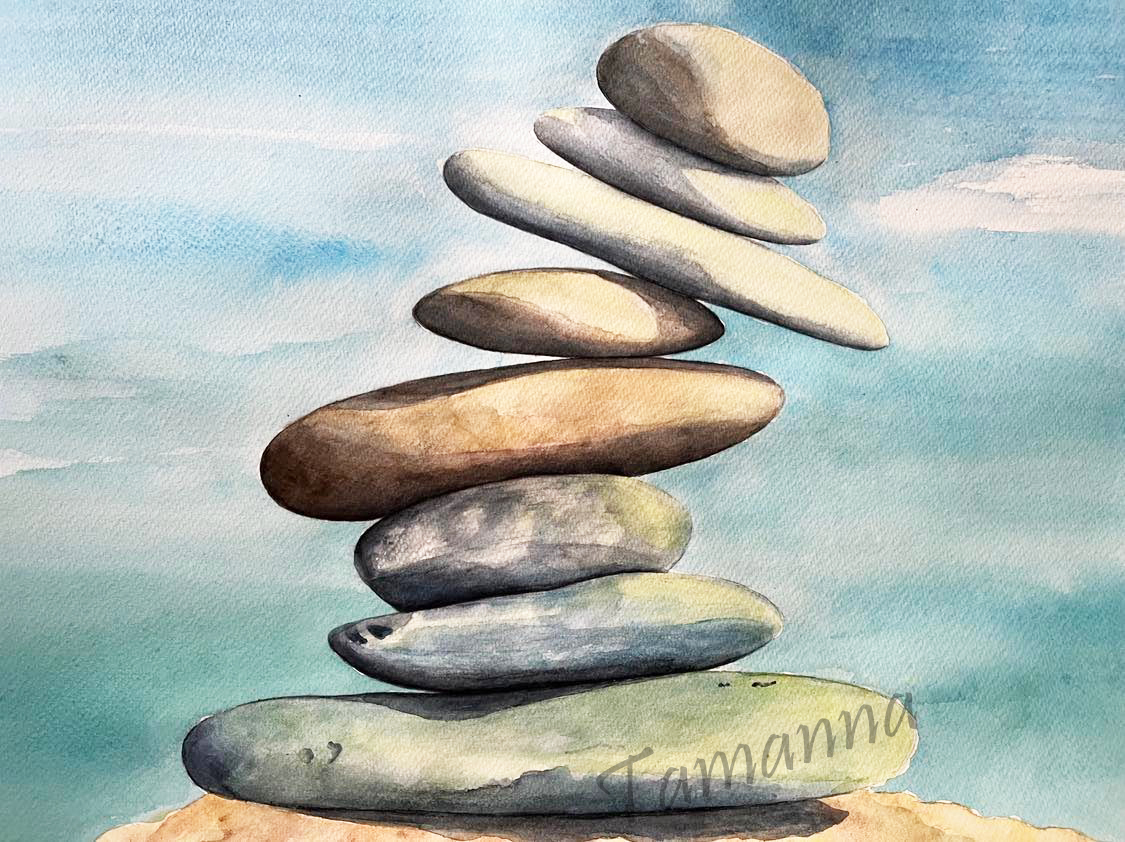A joyful and structured introduction to the world of art, designed to nurture creativity, confidence, and curiosity in young artists.
This course blends learning and play to give kids a strong, joyful foundation in visual arts.
Our fun-filled creative program is designed to inspire young minds and nurture their natural imagination through engaging activities that combine art, storytelling, and play.
Our program encourages self-expression, builds confidence, and helps kids explore their ideas in a safe, joyful environment.
Our program introduces children to a wide range of artistic subjects, helping them develop strong observation and drawing skills across various themes:
WaterColour
Acrylic painting
Acrylic Palette Knife painting
Pencil Shading
Ink Painting
Charcoal Painting
